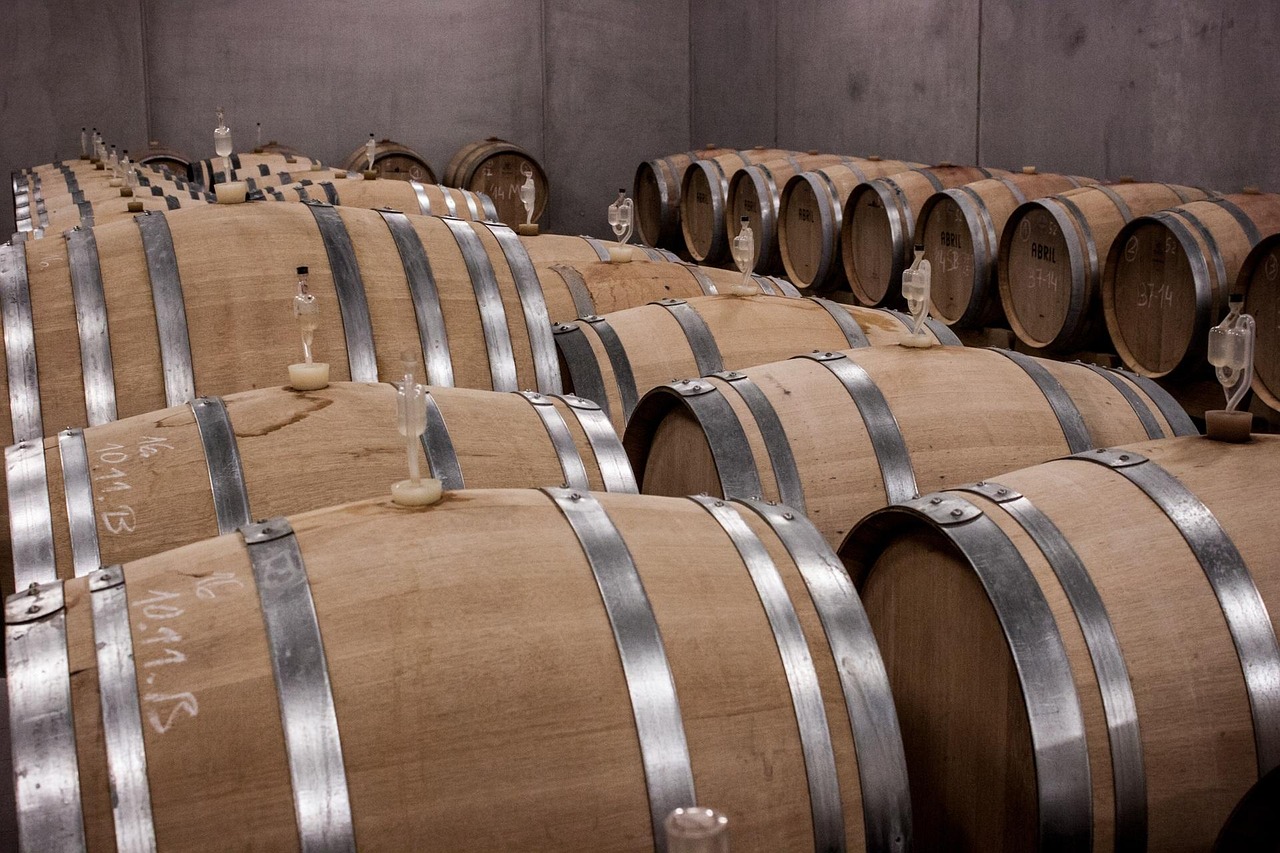Introduction to Wine Sulfites
Sulfites are a common additive in wine production, used to preserve the flavor, color, and overall quality of the wine. However, the use of sulfites can be a topic of debate among wine enthusiasts, with some arguing that they can have negative health effects. In this guide, we will explore the role of sulfites in winemaking, when and how much to use them, and provide a comprehensive overview of the equipment and techniques involved.
What are Sulfites?
Sulfites are a type of preservative that can occur naturally in small amounts during the fermentation process. However, winemakers often add additional sulfites to the wine to prevent spoilage, oxidation, and bacterial growth. The most common forms of sulfites used in winemaking are potassium metabisulfite and sodium metabisulfite.
Equipment List
- Sulfite meter or test kit
- Hydrometer
- pH meter
- Sulfite addition calculator
- Winemaking software or app
Step-by-Step Guide to Adding Sulfites
Adding sulfites to your wine is a straightforward process that requires some basic equipment and knowledge of winemaking techniques. Here is a step-by-step guide to get you started:
- Test the pH level of your wine using a pH meter to determine the optimal sulfite addition rate.
- Use a sulfite meter or test kit to determine the current sulfite level in your wine.
- Calculate the required sulfite addition using a sulfite addition calculator or winemaking software.
- Add the calculated amount of sulfites to your wine, stirring gently to distribute evenly.
- Monitor the sulfite level in your wine over time to ensure it remains within the optimal range.
Pro Tips for Working with Sulfites
Here are some expert tips to keep in mind when working with sulfites in your winemaking practice:
- Always follow the recommended sulfite addition rates to avoid over- or under-sulfiting your wine.
- Use a sulfite meter or test kit regularly to monitor the sulfite level in your wine.
- Consider using alternative preservatives, such as ascorbic acid or lysozyme, in combination with sulfites for added protection.
- Keep accurate records of your sulfite additions and wine analysis results to refine your winemaking techniques over time.
Frequently Asked Questions
Here are some common questions and answers about sulfites in winemaking:
- What is the optimal sulfite level for wine?
- The optimal sulfite level for wine depends on factors such as the type of wine, pH level, and storage conditions. As a general rule, a sulfite level of 20-50 ppm is considered optimal for most wines.
- Can I make wine without sulfites?
- Yes, it is possible to make wine without sulfites, but this approach requires careful attention to sanitation, storage, and handling practices to prevent spoilage and oxidation.
- Are sulfites safe for consumption?
- Sulfites are generally recognized as safe for consumption by regulatory agencies, but some individuals may be sensitive to sulfites or have allergies. If you have concerns about sulfite sensitivity, consult with a healthcare professional or consider alternative preservatives.
